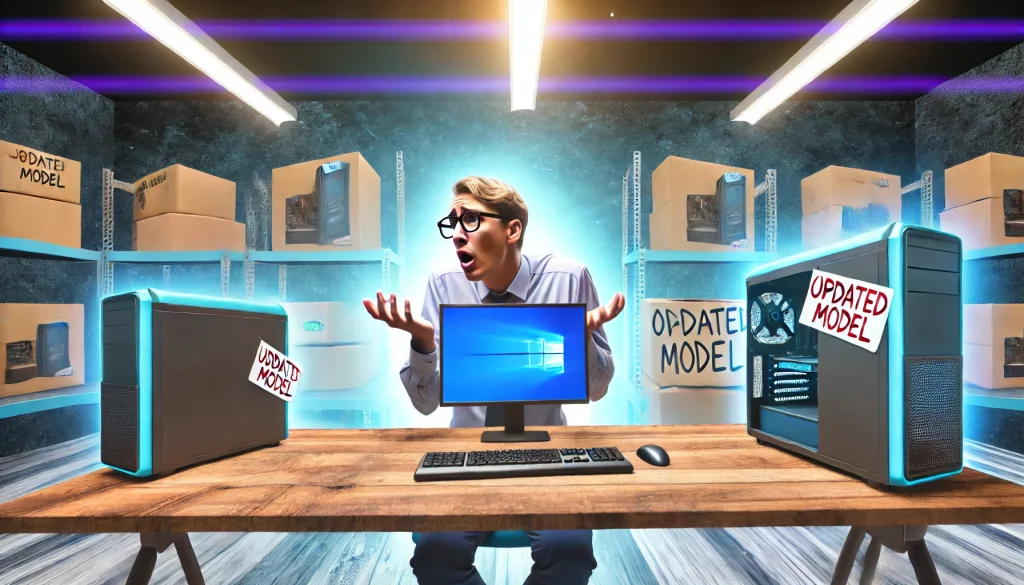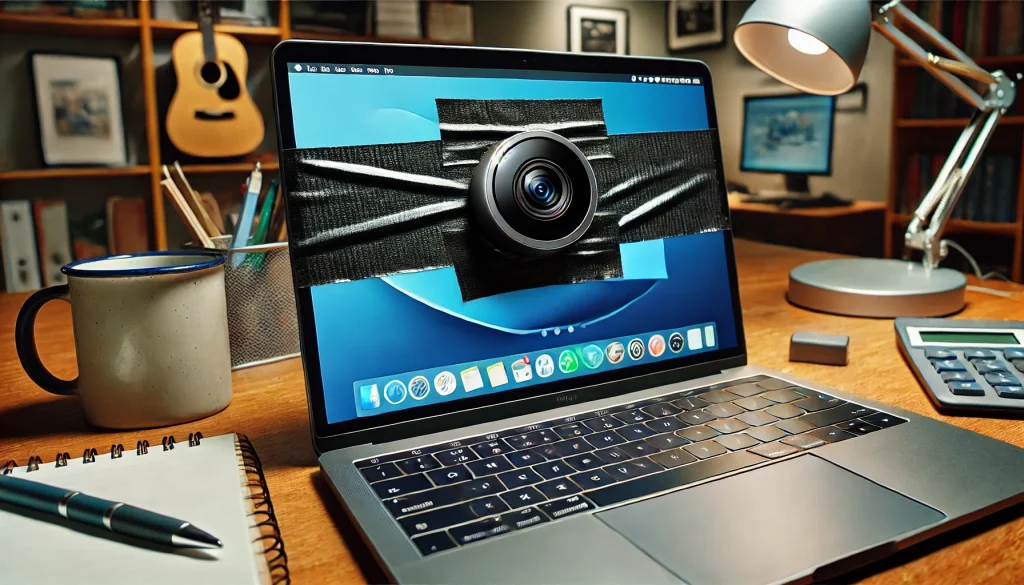In recent years, personal computers have become indispensable helpers of modern society. It is impossible to imagine any sphere of human activity where personal computers would not be used. These tools help us in the entertainment, educational and professional fields. However, they, like other high-tech devices, do not withstand wear and tear. Like all network electrical devices, a personal computer has a power supply and cables to connect to the network. Main areas of computer risks: 1. power cable; 2. power supply, capacitors or microcircuits; 3. thermal paste for processors. The first two faults can be closely related. Pinching the power cable can short out the power supply or reduce cable voltage. The voltage drop causes the failure of capacitors and microcircuits. Another weak point is the central processor, on the surface of which a special thermal paste is applied. This helps prevent the processor die surface from overheating when in contact with the heatsink. If you don’t apply new thermal paste in time, you could lose your CPU. Usually a sign of thermal paste drying out is spontaneous shutdown or restart of the computer.
Specialists from the computer service strongly recommend that you operate computers in accordance with the general rules for the use of computer technology.
The ten most common computer problems that users should be aware of.

1. Power supply failure. The cause of failure can be both factory defects and power surges.
2. CPU failure. Causes – dried thermal paste, overclocking or factory marriage.
3. Malfunction of one of the bridges of the motherboard. The culprit for this malfunction is a voltage drop, moisture ingress or mechanical damage.
4. Damage to the sound card. Malfunctions can be caused by a factory defect, or by connecting the wrong plug.
5. Failure of the hard drive. This memory device has a resource, which is determined by the operating time or, in the case of an SSD, information write cycles. After the expiration of these limits, problems may begin with the comfortable use of the device or its sudden failure. In the case of an SSD, this is also fraught with the irretrievable loss of all data.
6. Faulty graphics adapter.
7. Hard drive or SSD cable break.
8. Burnt power cable. Clamping or permanent disconnection-connection will accelerate the wear of the cable.
9. Failure of the central processor cooling system, usually due to the failure of the cooler or the connector on the motherboard.
10. BIOS flashing.


